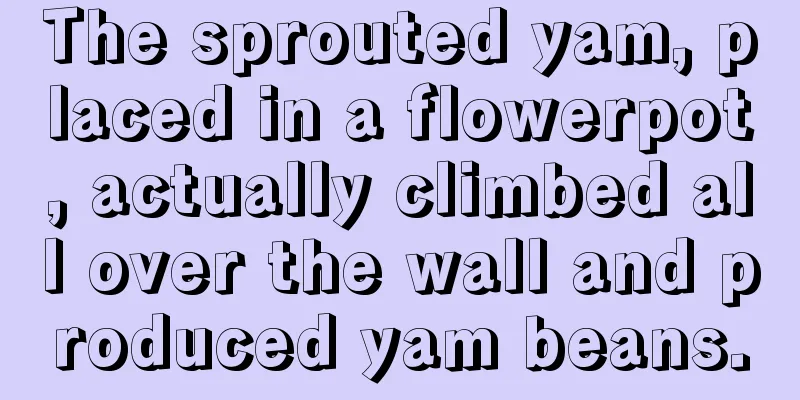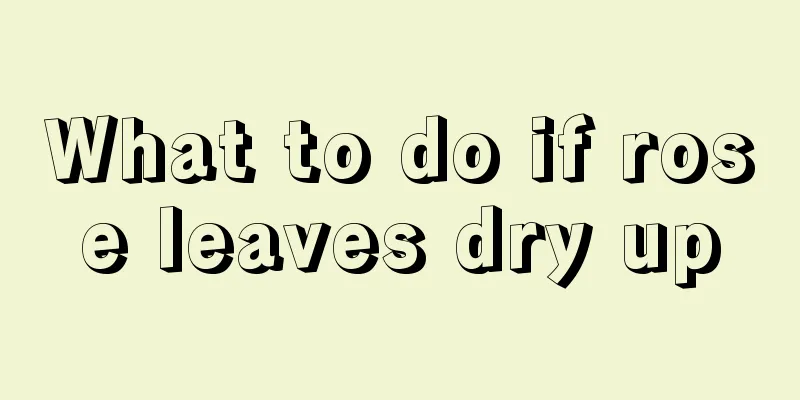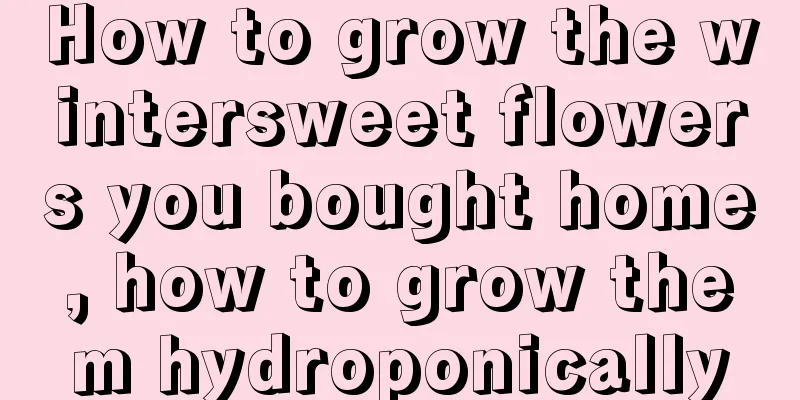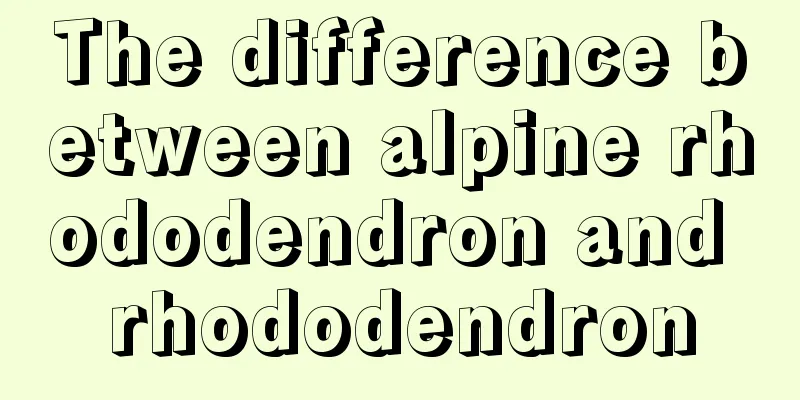What's the matter with the golden edges on cucumber leaves?
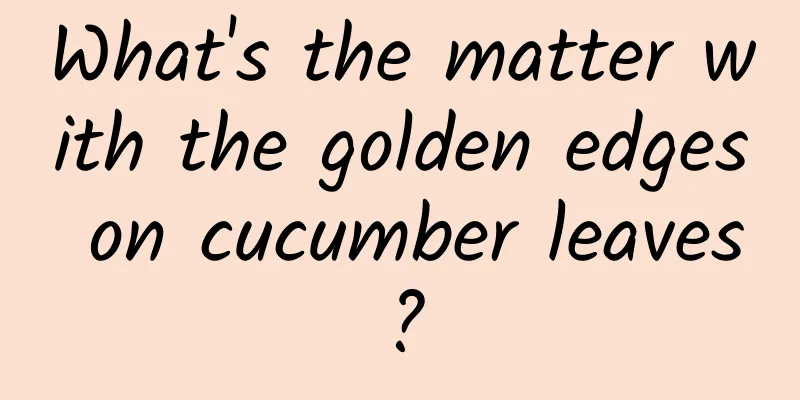
|
The "golden edge" of cucumber leaves means that the edges of the cucumber leaves turn yellow, but the central tissue of the leaves is not necrotic. This is a typical physiological disease . The reasons why cucumbers become "golden-edged" cannot be generalized. The different growth locations of the diseased leaves hide different causes of the disease. 1. Potassium deficiency or excessIf the lower and middle leaves of the cucumber have "golden edges", it is mostly a sign of potassium deficiency or excess potassium. Cucumbers like water and fertilizer, so farmers generally pay attention to the supplementation of nitrogen, phosphorus and potassium fertilizers. Some people buy some unqualified fertilizers for cheap prices, which leads to potassium deficiency in cucumbers. If potassium fertilizer is applied excessively, the excess potassium will also cause the middle and lower leaves to have golden edges. 2. Excessive soil salt concentrationExcessive fertilization in the soil and high salt concentration affect root absorption, resulting in a phenomenon similar to "seedling burn". At the same time, the absorption of trace elements such as calcium, boron, and iron is impaired, and the leaves appear to have golden edges. For this reason, the disease mainly occurs on the middle and lower leaves in the early stage, and the golden edge phenomenon can also be observed on the middle and upper leaves in the later stage. 3. Calcium deficiency causesCalcium deficiency can cause the upper tender leaves of cucumbers to have golden edges. In addition to calcium deficiency in the soil, calcium deficiency may also be caused by excessive potassium inhibiting calcium absorption, or low temperature environment causing a decrease in root absorption capacity. Cucumber Leaf Golden Edge RemediesMelon farmers should judge the cause of the disease based on their fertilizer use history and the specific symptoms of golden edges on leaves, and then take targeted measures. 1. For golden edge caused by potassium deficiency, you can directly apply high-potassium water-soluble fertilizer or drip irrigation, but not excessively, so as not to inhibit the absorption of calcium, boron, iron and other elements. Generally speaking, during the peak fruit-bearing period of cucumbers, 15-20kg of high-potassium water-soluble fertilizer with a nitrogen, phosphorus and potassium ratio of 15-5-30 or 12-8-40 can be applied per acre of land, once every 15 days or so; the amount of drip irrigation is halved, but the interval is changed to once every 7 days. 2. If the soil salt concentration is too high, it is recommended to flood the soil once, only to allow the water to seep in and bring the excess salt deep into the soil . Fertilizer can be added after 7 days, and the fertilization method is the same as above. 3. Cucumbers with golden edges due to calcium deficiency should be sprayed with calcium-containing foliar fertilizer to quickly replenish calcium. |
Recommend
How to water Phoenix bamboo
1. Does Phoenix Bamboo have a high demand for wat...
What to do if ivy leaves wilt
Ivy leaves wilt The wilting of ivy leaves may be ...
Artificial cultivation method of Morchella
As a rare and precious edible fungus , the number...
How to prune and propagate Clerodendrum thomsoniae
1. Cutting time First, choose the right time for ...
How to grow onions at home
Germination method The first method is to plant s...
How to deal with hyacinth after it blooms (how to care for it after the soil and hydroponic flowers fade)
Hyacinths are very beautiful when they bloom. Man...
How to grow gladiolus
1. Soil When breeding, suitable soil should be us...
How to propagate large-leafed green radish and variegated green radish by cuttings
1. Cutting method of large-leafed green radish 1....
Can the vine be potted?
Can the scaly grape be planted in pots? The vine ...
What is the grafting method for osmanthus?
1. Ligustrum lucidum 1. Advantages: Because it an...
What to do if African jasmine leaves fall off
Reasons why African jasmine leaves fall off Unsui...
Taurus' lucky plant - hydroponic golden diamond
Taurus Taurus people are born between April 21st ...
Why does tuberose smell good at night?
1. Reasons 1. The petals of tuberose are differen...
Geranium water cutting method
1. Preliminary preparation (1) Material selection...
How to grow green peony flowers
1. Watering In order for it to grow better, it ne...



